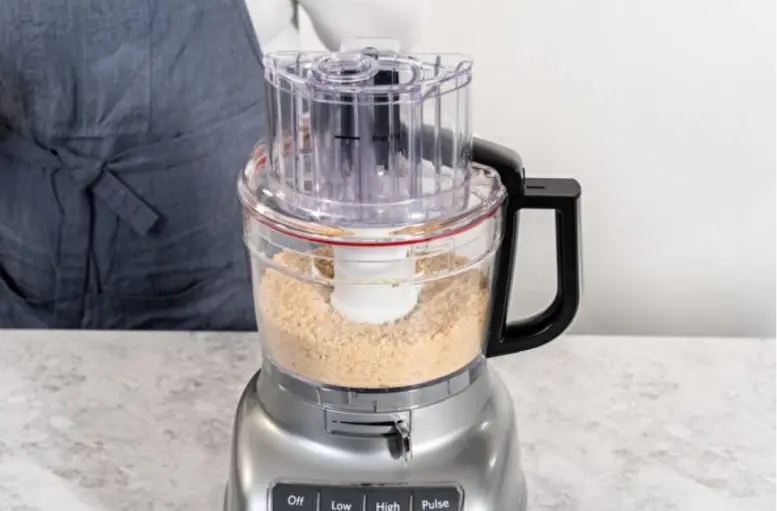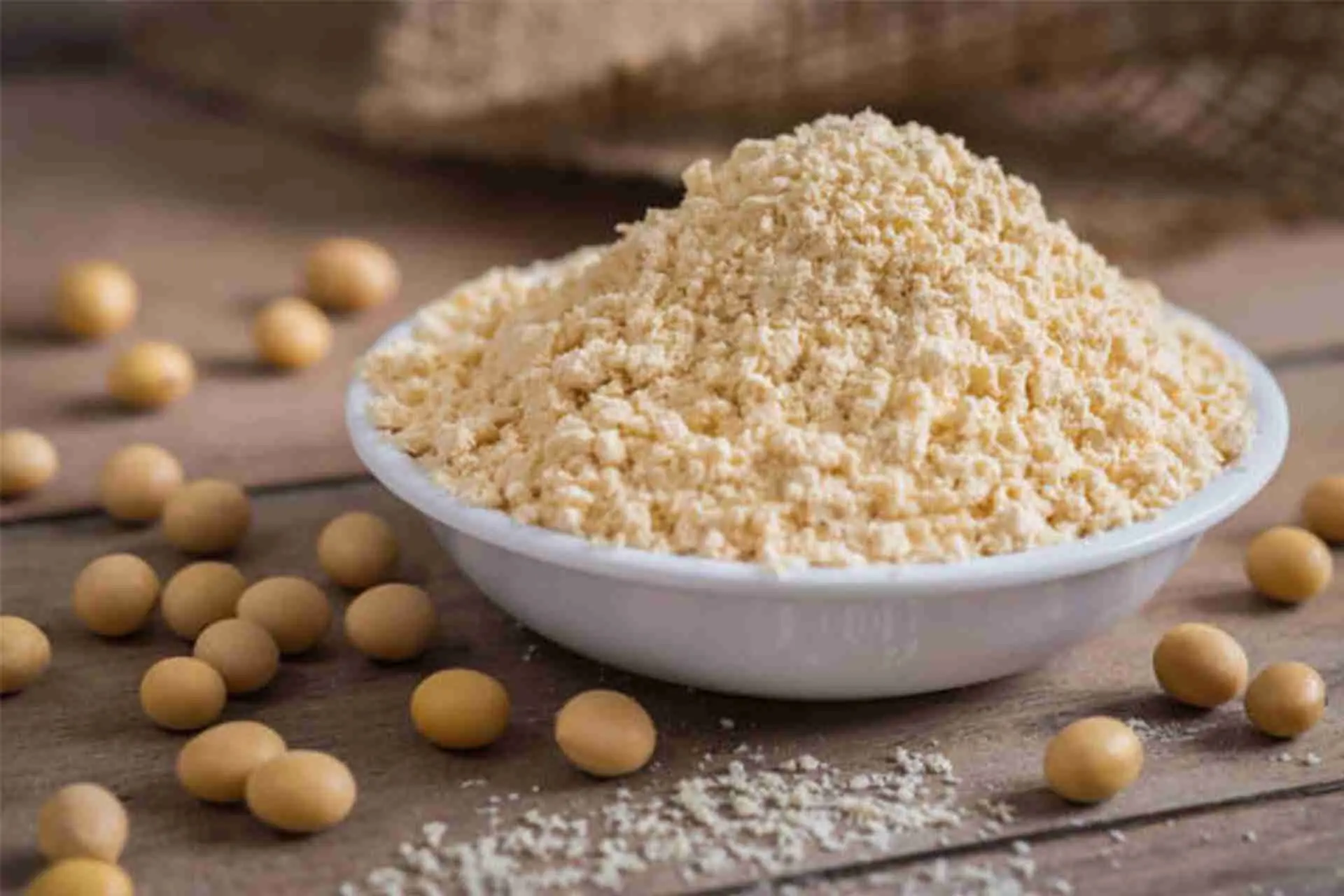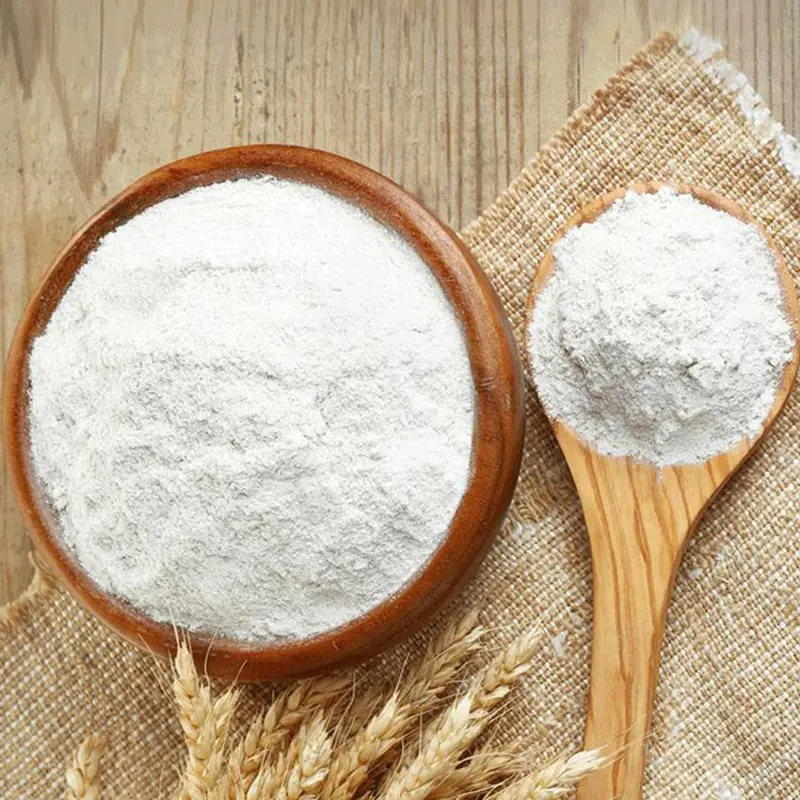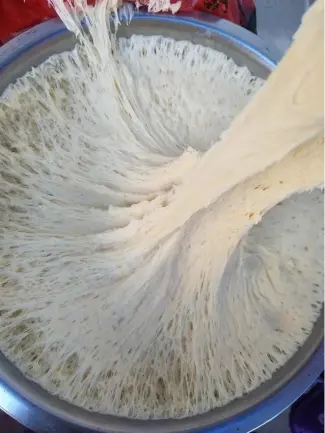What is the Difference Between Yeast, Baking Powder and Baking Soda?
Yeast, baking powder and baking soda are three common fermentation or foaming agents. They are very familiar to housewives or food lovers. They are almost indispensable in every kitchen. But for kitchen novices or friends who are not familiar with pasta, they may not know the characteristics and differences of these three. What are their respective advantages or disadvantages? When should I use which one?
First: Yeast powder
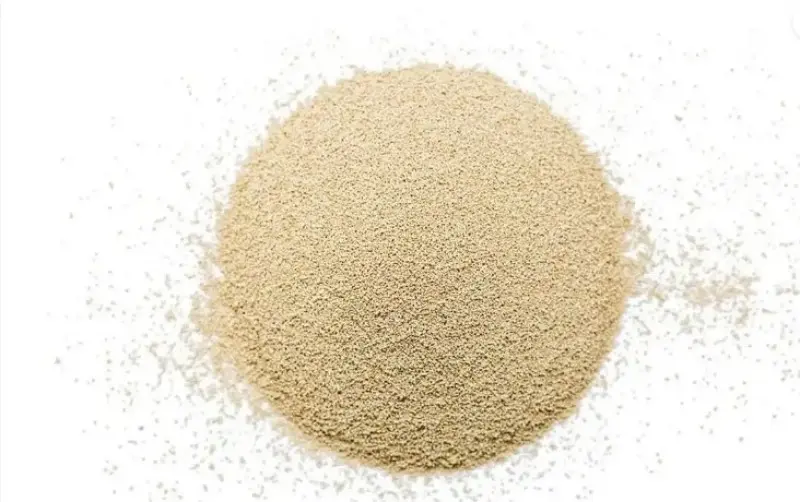
Yeast is a kind of single-cell fungus that can ferment sugar into alcohol and carbon dioxide. It is distributed in nature and is a typical facultative anaerobic microorganism. It can survive under aerobic and anaerobic conditions. It is a pure natural green and safe fermentation agent.
The fermentation principle of yeast powder is that yeast powder and dough will produce a large amount of carbon dioxide under certain temperature and humidity to achieve the effect of promoting the dough to rise. It is a one-time fermentation, that is, it starts to ferment after kneading the dough. Generally, if the temperature is too high, the yeast will be killed, and if it is too low, the dough will not rise. The yeast water temperature is best controlled at 30-40 degrees. Adding some white sugar during the fermentation process of the dough will accelerate the fermentation.
Yeast powder is mainly used for dough fermentation. It is a pure natural biological bacteria and has no harm to the human body. And because it ferments quickly and is highly safe, it is most used in home kitchens. People often use it to steam steamed buns, dumplings or pancakes.
Second: Baking powder

Baking powder is a composite leavening agent. It is a white powder made of baking soda with acidic materials and corn flour as a filler. It is also called baking powder and foaming powder. Some formulas contain aluminum. The fermentation principle of baking powder is secondary fermentation when it encounters heat. That is, when the steamed buns are ready and put into the steamer, they encounter hot air and then begin to ferment. Its rise is not affected by temperature and humidity. It is a neutral substance.
Baking powder has the effect of rising quickly and fluffy. It is also used for pastry making. It is more used for baking such as cakes, peach cakes, biscuits, etc. It can also be used for steamed buns and multi-grain cakes, but relatively less. Especially those with added aluminum are not good for human health.
Third: Baking soda
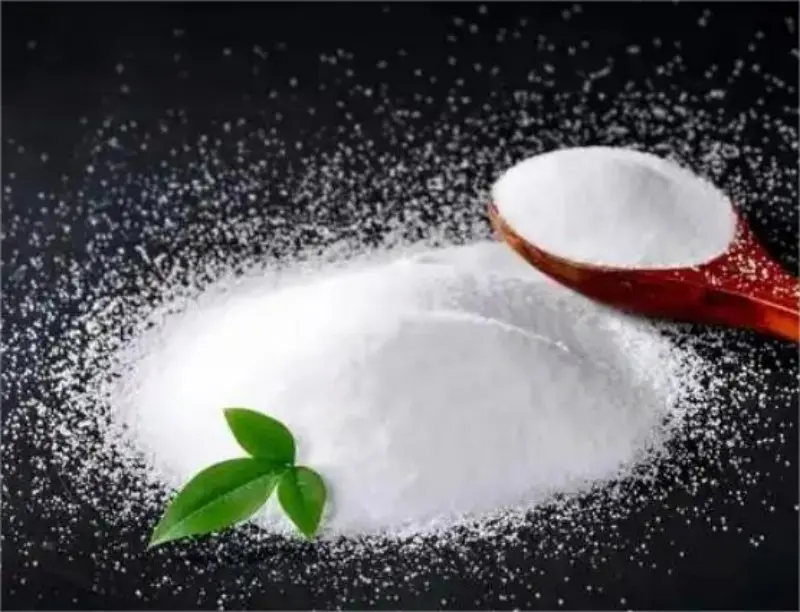

Here we are talking about edible baking soda, not industrial soda ash and baking soda, which is made by the solution or crystal of soda ash absorbing carbon dioxide. Baking soda is an alkaline substance. It cannot promote the fermentation of dough, but it has an important function, which is to neutralize acidic substances. That is to say, when the dough has been fermented, it is used to neutralize the sour taste, and the effect is very good.
Of course, baking soda or alkali was used to ferment dough before yeast was invented. That is, when people used yeast or old yeast to ferment dough, it was easy to produce acidic substances, and it was often used to neutralize acidic substances. The general amount of baking soda is: 1 jin of flour plus 5-6 grams of baking soda. Generally, the dough is not sticky and tastes sweet, which is the most appropriate amount.
Baking soda can also be added when making baked food. I added baking soda to my baked peach cake. In addition, baking soda has a good cleaning function, such as washing sinks, wiping stoves, etc.
The methods and effects of the above three foaming agents are similar. They all produce a large amount of carbon dioxide gas in the dough. During the cooking process, the carbon dioxide expands due to heat, so the flour becomes soft and delicious. But the principles are different. Yeast dough is completed through the biological process of yeast fermentation. It is not only safe and harmless, but also can effectively improve the nutritional value of pasta; while baking soda and foaming powder are a chemical process, which will seriously damage the B vitamins in flour.
It is best not to mix these foaming agents to avoid chemical reactions and affect the taste! But in special cases, they can also be used together. Because I have used it. I used it when making cornmeal cakes. I put baking powder first and then yeast. After the dough rises, I use baking soda. The finished product is quite good.
Contact
Arkera Inc.
Email: info@cnbreading.com
WhatsApp: +86 136 8369 2063
Web: https://www.cnbreader.com/






